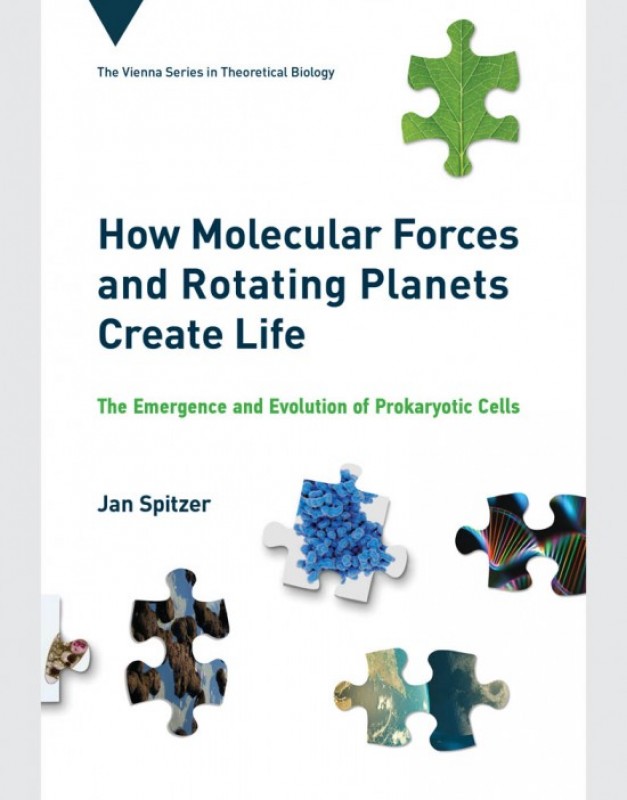News Details

"... the physicochemical complexity of even the smallest bacterial cells creates an aura of mystery, even one of awe; at first sight, it is indeed enigmatic." (p. 2)
What is life? How did life start on Earth? How can we know?
"How Molecular Forces and Rotating Planets Create Life: The Emergence and Evolution of Prokaryotic Cells" is a deeply conceptual book on the role of cyclically-driven processes in the origin of life. Jan Spitzer presents an intriguing theory that reconceptualizes origins research by providing a modern understanding of non-covalent molecular forces and covalent bond formation. The result is a physiochemical approach, an update of Linus Pauling and Max Delbrück's 1940 thesis, that identifies key stages in life's emergence, from the formation of first oceans, tidal sediments, and proto-biofilms to progenotes, proto-cells and the first cellular organisms.
Spitzer argues that non-covalent molecular forces, acting in cycling geochemical processes, bring about phase separations—the creation of purified, lower entropy, potentially living biological matter. Cyclic chemical reactions and phase separations are in turn "stoked" by planetary rotations that result in diurnal solar radiation and the hydration-dehydration cycles of tidal seawater. Focusing on the molecular crowdedness and spatial-temporal architecture of intracellular environments, he proposes a "triple coevolution" of compartments, proteins, and nucleic acids, the first of which is created by phase separations ("a macroscopic manifestation of non-covalent molecular forces"). This co-evolutionary process is explored with an analysis of early Archaean evolution that involves the micro-, meso-, and macro-evolutionary processes on the nucleoid in prokaryotic cell cycles.
The book cover is adorned with jigsaw pieces, as the book pieces together "old and new ideas" about the physicochemical emergence of life. It is a puzzle that strings together two main strands of thought: (1) a modern version of the "Pauling-Delbruck premise" on the importance of non-covalent molecular forces (e.g., hydrogen bonding, electrostatic forces) in structuring biomacromolecules from small molecules, and (2) the planetary energy sources that drive this process. After putting together the puzzle, the picture that emerges aims to provoke and inspire ideas for future experiments.

